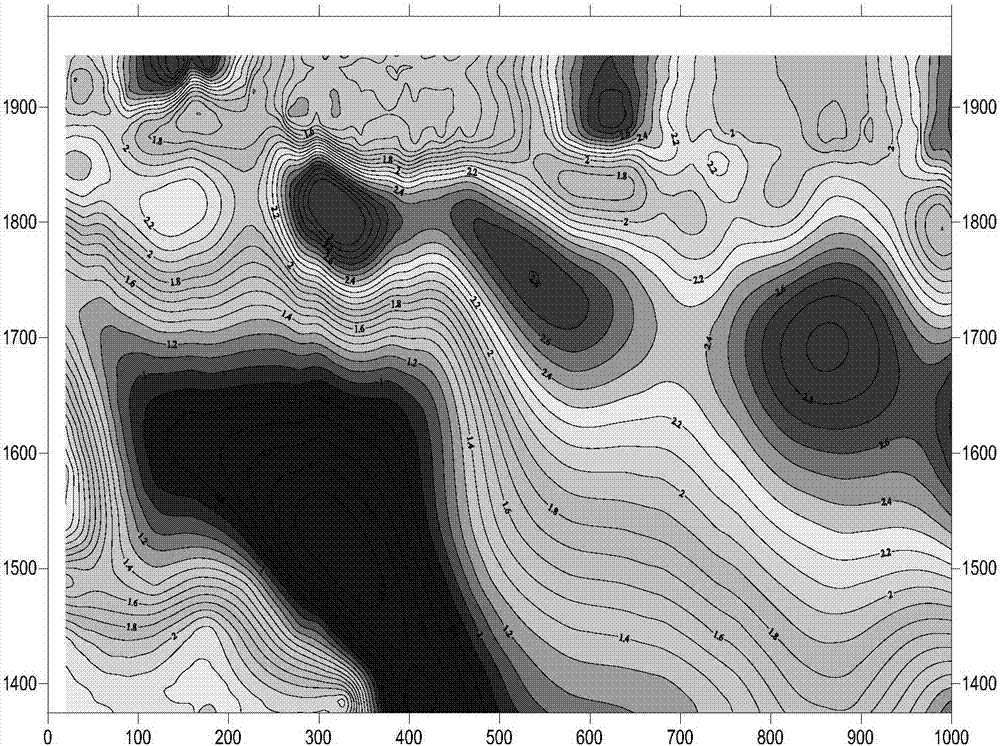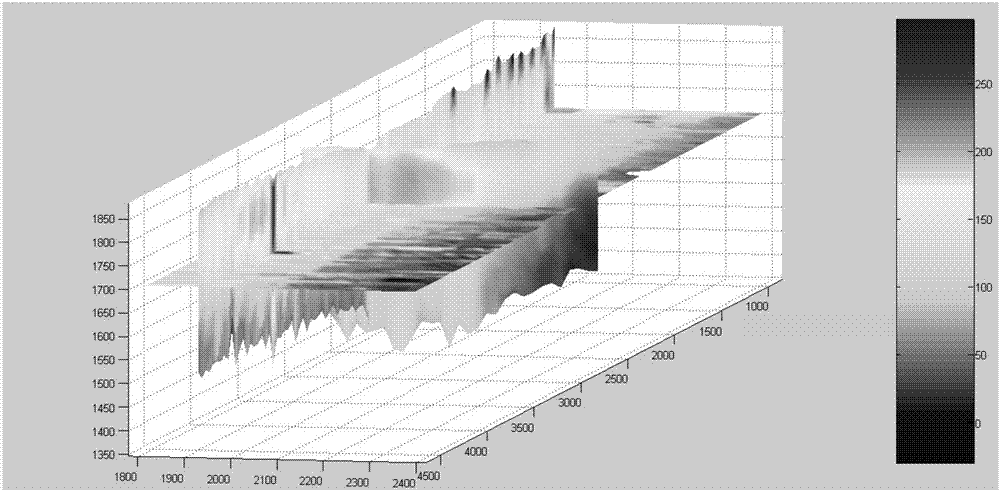Least square method-based resistivity three-dimensional approximate inversion technology
A least squares and resistivity technology, applied in electrical/magnetic exploration, electrical digital data processing, radio wave measurement systems, etc., can solve highly non-unique inversion difficulties, slow calculation speed, and inversion instability And other issues
- Summary
- Abstract
- Description
- Claims
- Application Information
AI Technical Summary
Problems solved by technology
Method used
Image
Examples
Embodiment Construction
[0018] A three-dimensional approximate inversion technique of resistivity by least square method:
[0019] Step ⑴-Establish a three-dimensional unit grid: assume that the underground space of the detected area is a layered geoelectric section uniformly distributed in the local area, the geophysical detection line is perpendicular to the structural trend, and the entire surface of the detected area is centered on the transient electromagnetic measuring point. Divide into N n x ×n y At the same time, the entire underground space is divided into several sections vertically according to the maximum detected depth of the underground space, so that the entire underground space is divided into N n x ×n y ×n z The three-dimensional grid, so that it forms a finite element method calculation grid; using the high-density resistivity method from a depth less than X m Collect shallow resistivity values in shallow burnt areas and gobs; n x , n y , n z Represents the equal fraction ...
PUM
 Login to View More
Login to View More Abstract
Description
Claims
Application Information
 Login to View More
Login to View More - R&D
- Intellectual Property
- Life Sciences
- Materials
- Tech Scout
- Unparalleled Data Quality
- Higher Quality Content
- 60% Fewer Hallucinations
Browse by: Latest US Patents, China's latest patents, Technical Efficacy Thesaurus, Application Domain, Technology Topic, Popular Technical Reports.
© 2025 PatSnap. All rights reserved.Legal|Privacy policy|Modern Slavery Act Transparency Statement|Sitemap|About US| Contact US: help@patsnap.com



